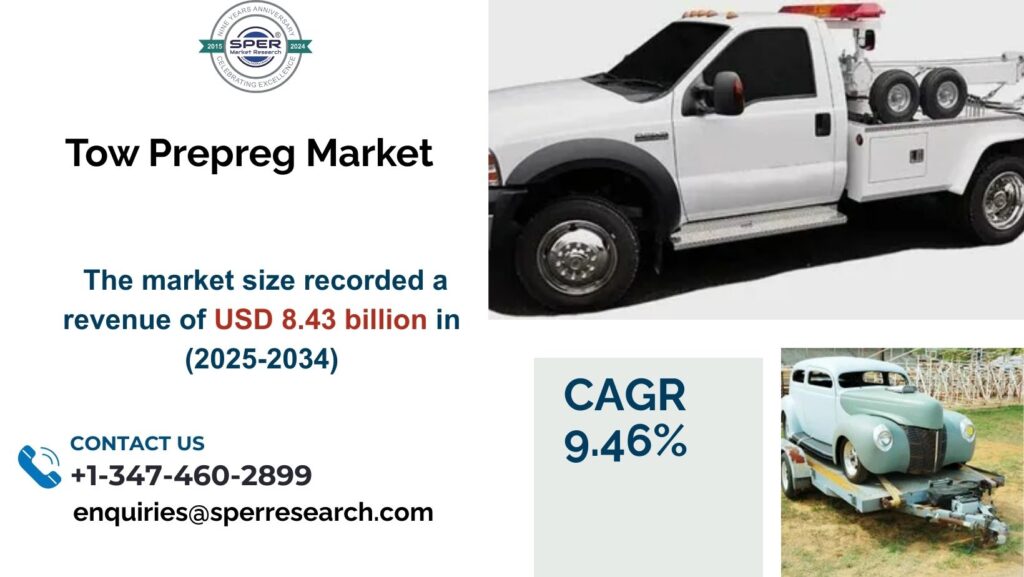Gamma-butyrolactone (GBL) is the simplest aliphatic lactone comprising four carbon atoms. It plays a vital role in the production of various chemicals, including tetrahydrofuran (THF), methylpyrrolidone (NMP), N-ethylpyrrolidone (NEP), 2-pyrrolidinone, and polyvinylpyrrolidone (PVP), among others. This compound serves as a viscosity modifier in plant growth regulators, a rubber additive, and a component in polyurethanes, as well as being a solvent used for paint stripping. GBL finds applications across a multitude of end-use sectors, such as pharmaceuticals, agrochemicals, food and beverages, petroleum, and electrical industries.
According to SPER market research, ‘Global Gamma Butyrolactone Market Size- By Purity, By Application, By End User – Regional Outlook, Competitive Strategies and Segment Forecast to 2034’ state that the Global Gamma Butyrolactone Market is predicted to reach 5.44 billion by 2034 with a CAGR of 3.57%.
Drivers:
The expanding pharmaceutical sector has considerably propelled the growth of the GBL market, where it is predominantly utilized as a precursor in drug manufacture and a solvent for various active ingredients. Furthermore, its use in the production of battery cells and its role in clean technology within the electronics sector have expedited its acceptance in the marketplace. Additionally, the agrochemical sector has also recognized the utility of GBL in formulating herbicides and insecticides. Its recognized effectiveness in cleaning agents and in polymer and coating applications has been appreciated by industrial producers. Collectively, these factors have spurred an increase in industrialization and research endeavors among emerging economies, thereby bolstering the global demand for gamma-butyrolactone.
Request a Free Sample Report: https://www.sperresearch.com/report-store/gamma-butyrolactone-market?sample=1
Restraints:
The Gamma-butyrolactone market has numerous obstacles that may impede its growth trajectory. A significant issue is the regulatory environment governing GBL. In certain regions, GBL is regarded as a controlled substance due to its potential for misuse and illegal consumption. Such regulatory scrutiny can hinder market expansion, compelling manufacturers to comply with intricate regulatory standards. Moreover, fluctuations in raw material pricing represent additional challenges for GBL production. Variations in the costs of essential feedstock materials can directly impact the profitability of manufacturers, potentially leading to disruptions in supply chains. In 2024, the Asia Pacific region dominated the global gamma butyrolactone market. The region’s developing industrial environment, combined with robust economic development, fuels demand for GBL in a variety of sectors. China, India, Japan, and South Korea emerge as significant participants in the GBL market, owing to their extensive manufacturing capabilities and developing chemical industries. Some of the key market players are Chang Chun Group, Alpha Chemika, Ashland, Balaji Amines, Biosynth, CDH Fine Chemical, and others.
For More Information, refer to below link: –
Gamma Butyrolactone Market Share
Related Reports:
Insulation Coatings Market Growth
Carbon Nanotubes Market Growth
Follow Us –
LinkedIn | Instagram | Facebook | Twitter
Contact Us:
Sara Lopes, Business Consultant — USA
SPER Market Research
enquiries@sperresearch.com
+1–347–460–2899








